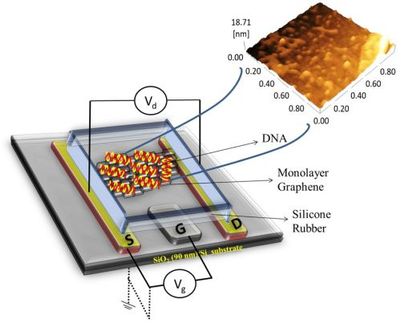Sports Doping Researchers to Tackle Mount Everest
In the run-up to the Olympics scientists use live mice for the first time on the "roof of the world" to develop new tests for gene doping
In the run-up to the Summer Olympics, scientists are taking an innovative approach to develop new molecular testing methods for performance manipulation on the genetic level. A team of researchers from the University of Pennsylvania is attempting to climb Mount Everest, taking with them for the first time live mice to the "roof of the world". The effort is being supported by the World Anti-doping Agency (WADA) and the molecular diagnostics company QIAGEN. The purpose of the researcher's climb is to investigate tissue and blood samples from the mice to create a molecular signature for altitude-induced hypoxia. The scientists' ultimate goal is the development of novel testing methods for gene doping by comparing such natural molecular signatures with induced signatures that would be created by gene doping. Such practices have been listed on WADA's index of banned substances since 2003, but the identification of athletes using gene doping is still not possible. Accordingly, experts consider gene doping to be one of the most urgent problems in sports today.
The scientific team headed by Prof. Dr. Tejvir S. Khurana and Dr. Gabriel Willmann is specifically looking to find those genes that are active in a low-oxygen environment and thus enable the organism to adapt to the altered environmental conditions. In general, hypoxia has a positive influence on the body's performance as it stimulates the creation of erythropoietin (EPO), a naturally occurring hormone that promotes the production of red blood cells. When applied artificially, EPO can be easily discovered. However, if gene activity is manipulated in a way that the body produces more "natural" EPO and therefore more red blood cells without being exposed to a low oxygen environment, existing doping-detection methods prove ineffective - at least so far. Now, the University of Pennsylvania scientists intend to solve this problem by developing markers for a test that can discriminate between naturally induced activations and activations induced through gene doping.
"We are very excited that the attack on the summit is now beginning. From a research point of view, a major challenge of this endeavor will be the extraction of samples from the mice under these extreme conditions," said Dr. Gabriel Willmann, one of the initiators of the research project. "The cooperation with QIAGEN, as the world's leading provider of sample and molecular testing technologies, will help us enormously to successfully collect, process and analyze the samples. Therefore, we are confident that first results will be ready for presentation shortly after our return."
In addition to new testing methods for the identification of doping offenders, the scientists also hope to generate new data that may lead to a better treatment of muscular dystrophy. The incidence of this genetic disease is comparatively low, yet it is also incurable and leads to a significant loss of expectation of life. As the disease also affects respiratory muscles, patients in an advanced stadium experience a level of hypoxia comparable to the effects of exposure to extreme altitudes.
Most read news
Topics
Organizations
Other news from the department science

Get the analytics and lab tech industry in your inbox
By submitting this form you agree that LUMITOS AG will send you the newsletter(s) selected above by email. Your data will not be passed on to third parties. Your data will be stored and processed in accordance with our data protection regulations. LUMITOS may contact you by email for the purpose of advertising or market and opinion surveys. You can revoke your consent at any time without giving reasons to LUMITOS AG, Ernst-Augustin-Str. 2, 12489 Berlin, Germany or by e-mail at revoke@lumitos.com with effect for the future. In addition, each email contains a link to unsubscribe from the corresponding newsletter.




















































